"A picture is worth a thousand words", right? So here we go:

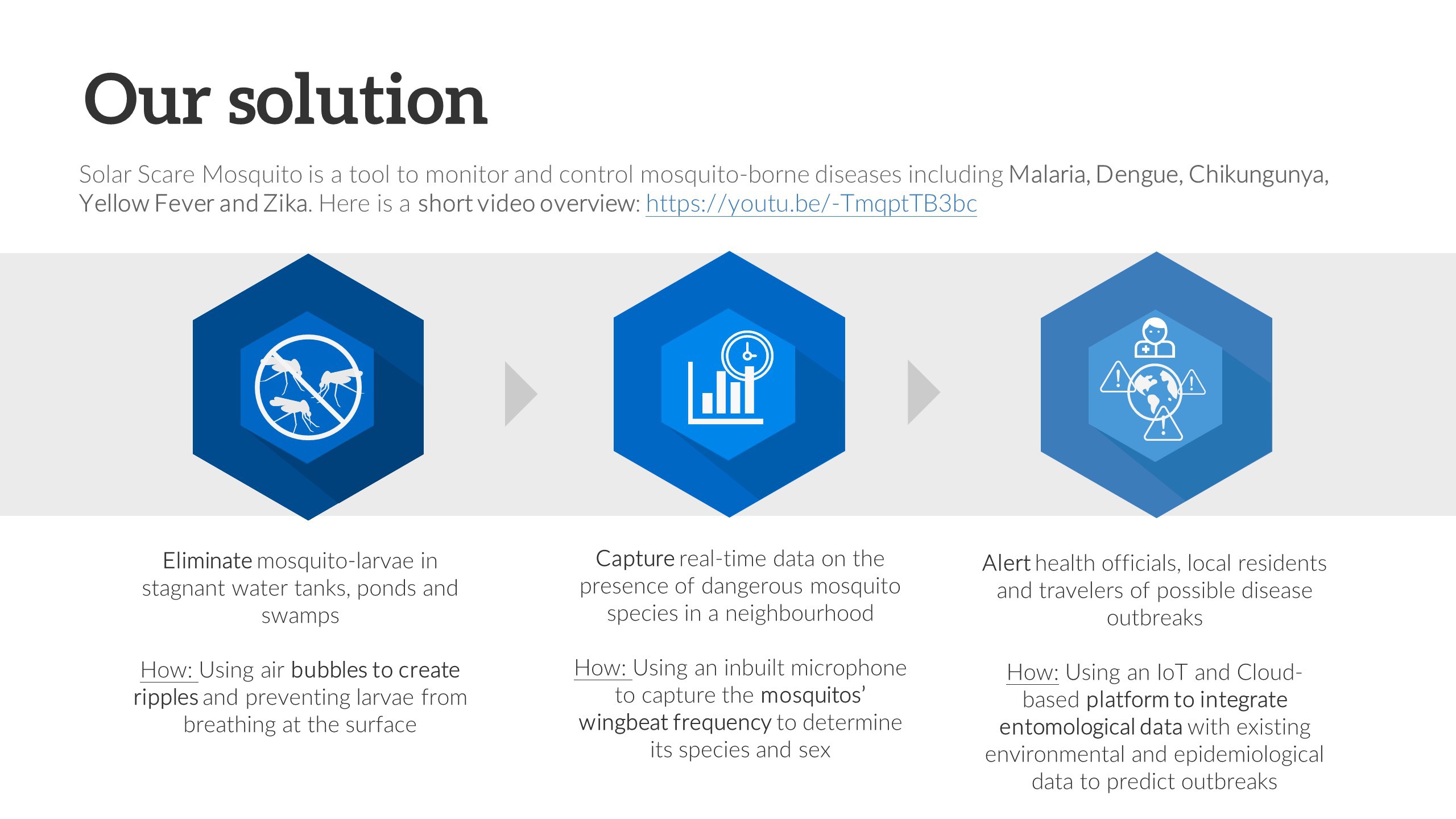
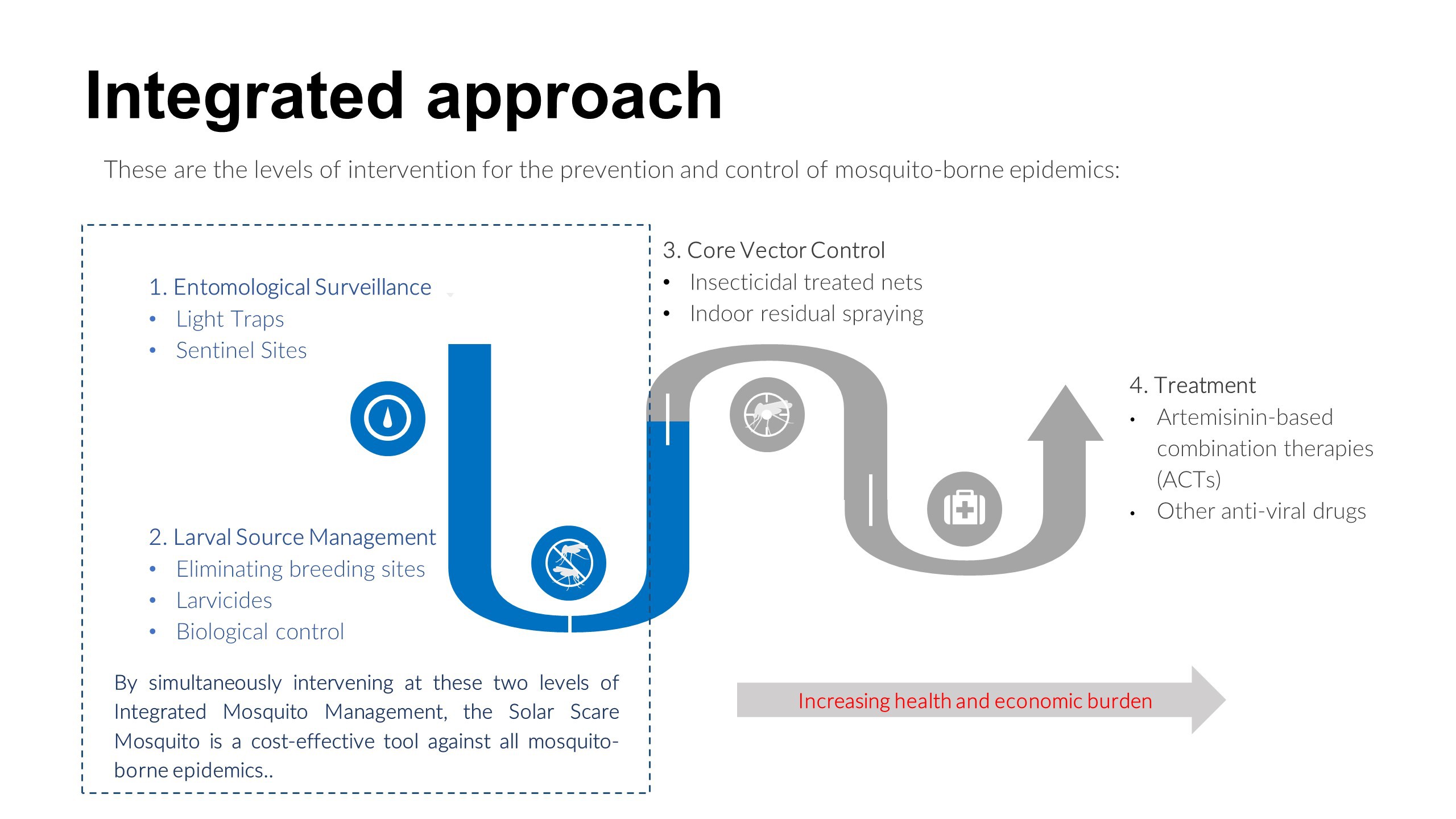
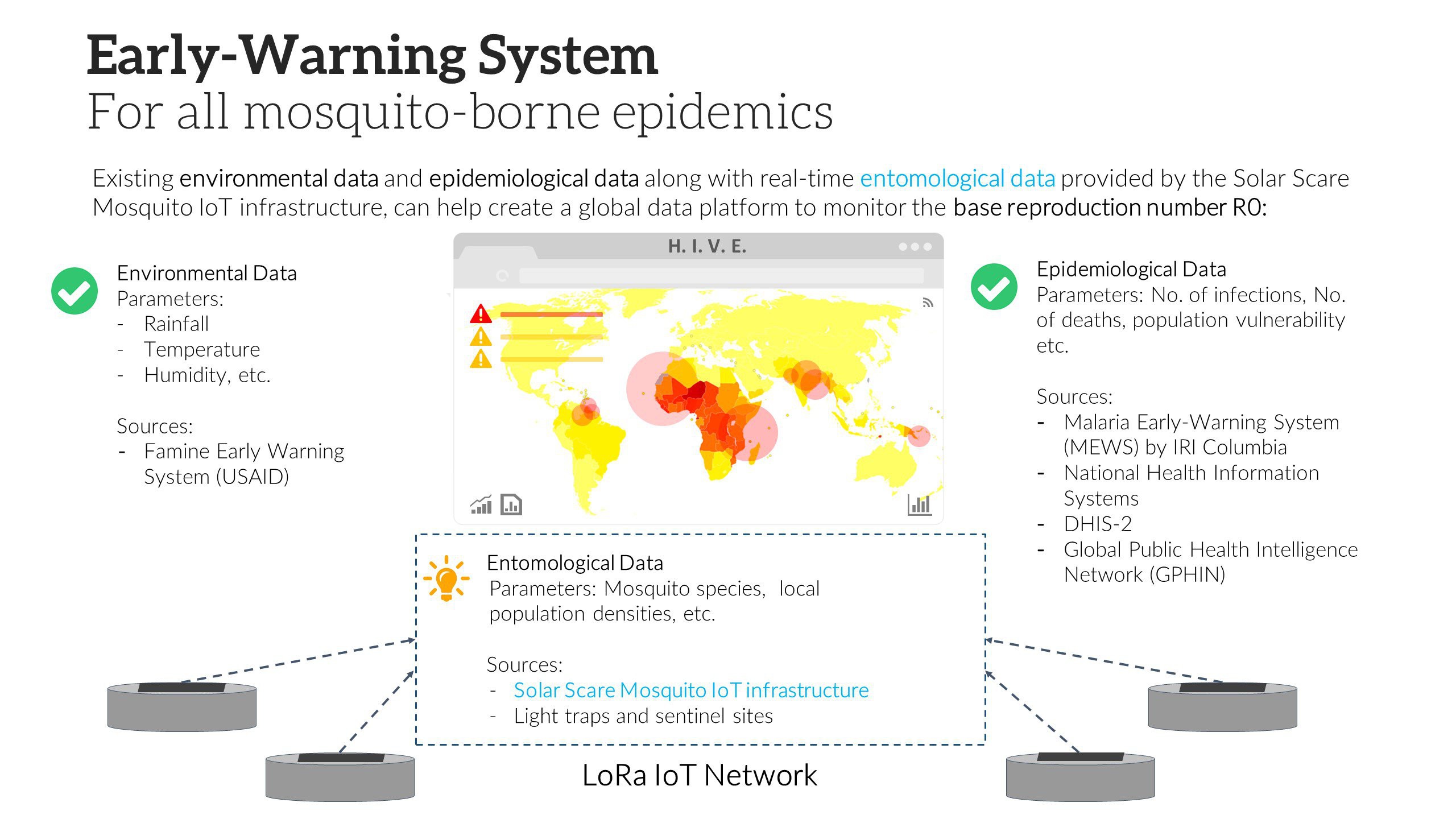
BILL OF MATERIALS
| ITEM | COST (€) | |
|---|---|---|
| 1. | Arduino MKR GSM 1400 | 59.90 |
| 2. | 6V Solar Panel + USB Charger | 24.00 |
| 3. | 6V DC Mini Air Pump | 5.00 |
| 4. | Sound Sensor Module | 2.40 |
| 5. | Water Level Sensor for Arduino | 4.00 |
| 6. | 1 Channel 5v Relay Module | 1.20 |
| 7. | 3D Printing Filament | 14.20 |
| TOTAL (for one unit) | € 110.70 |
 Pranav
Pranav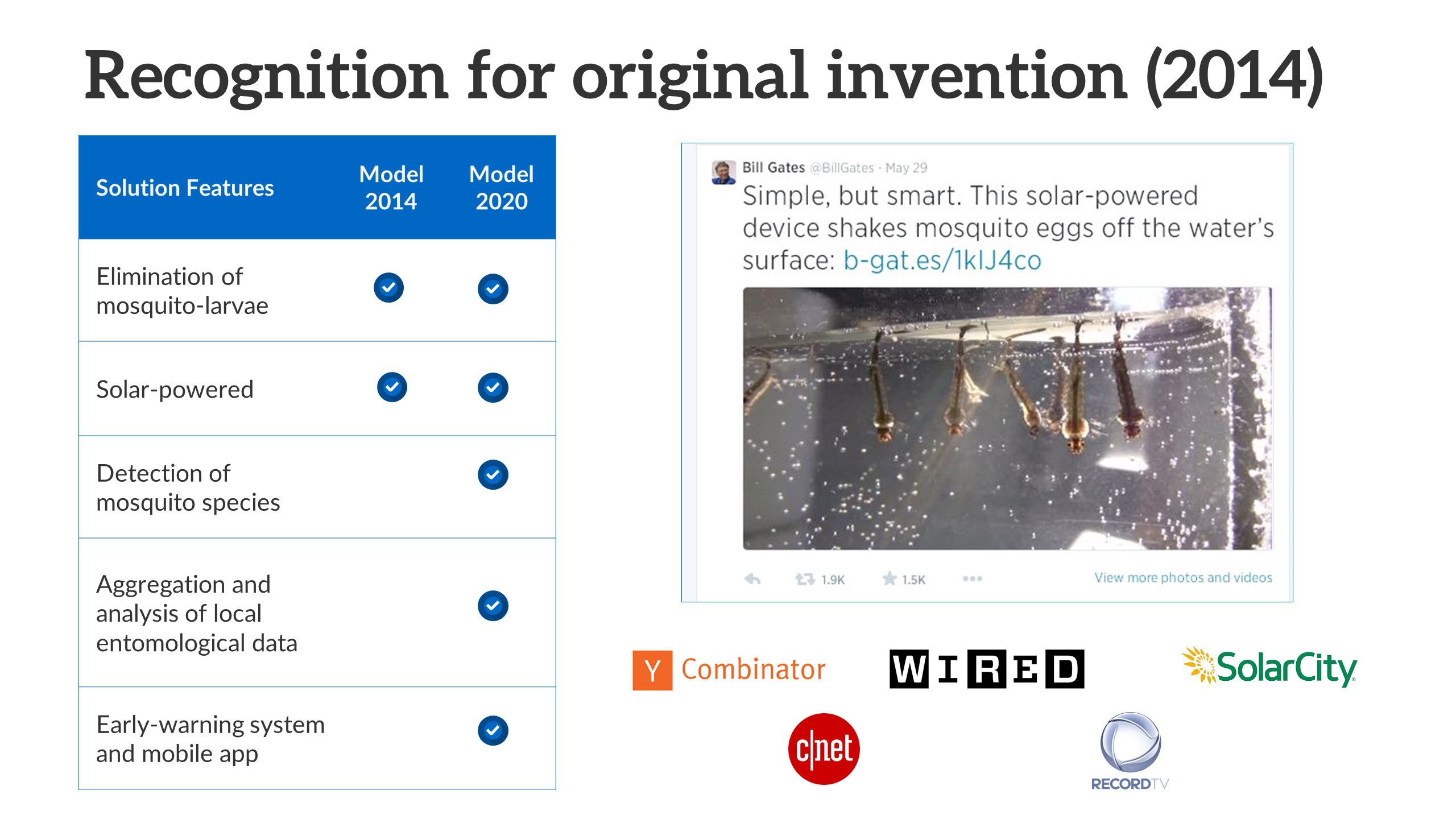
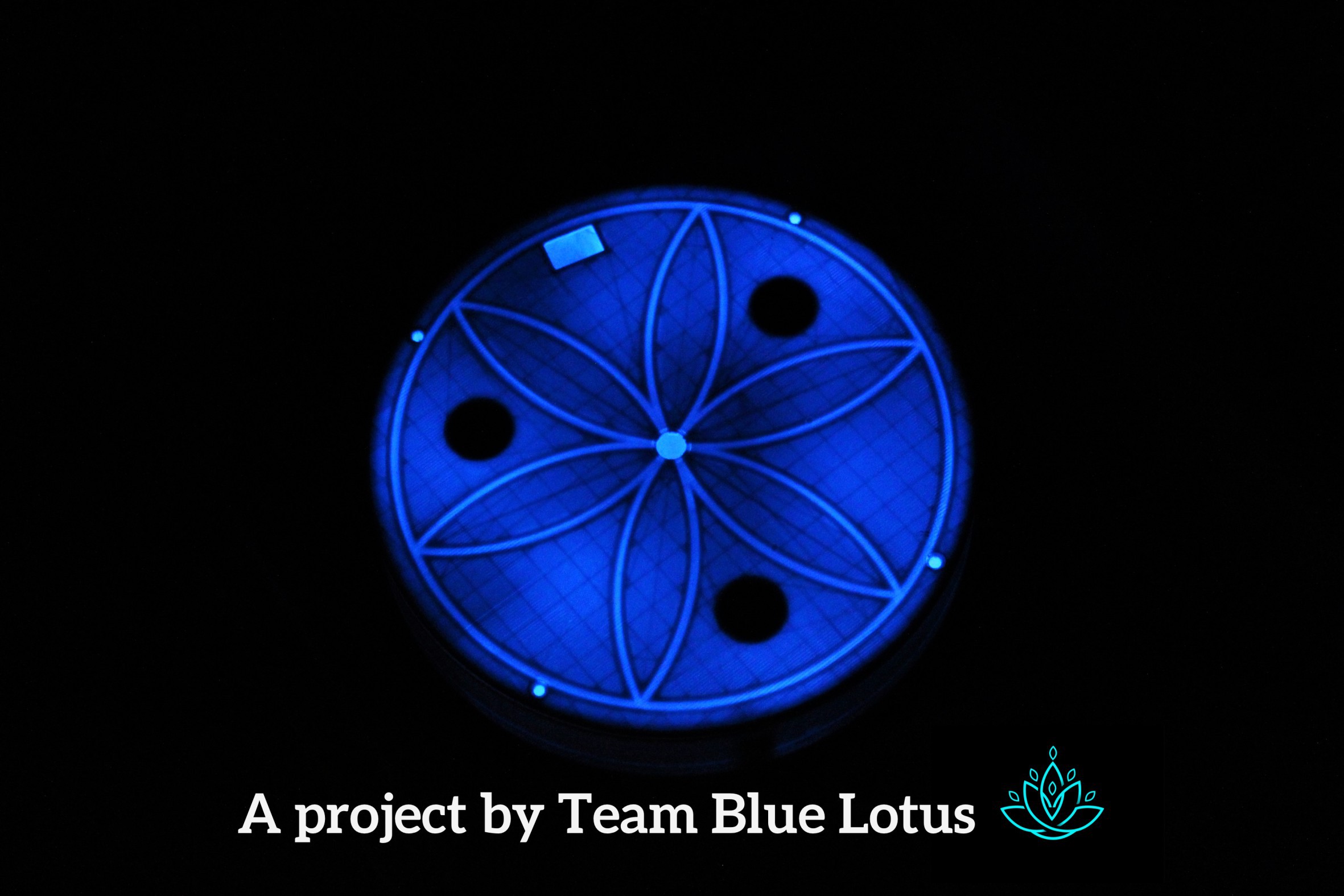
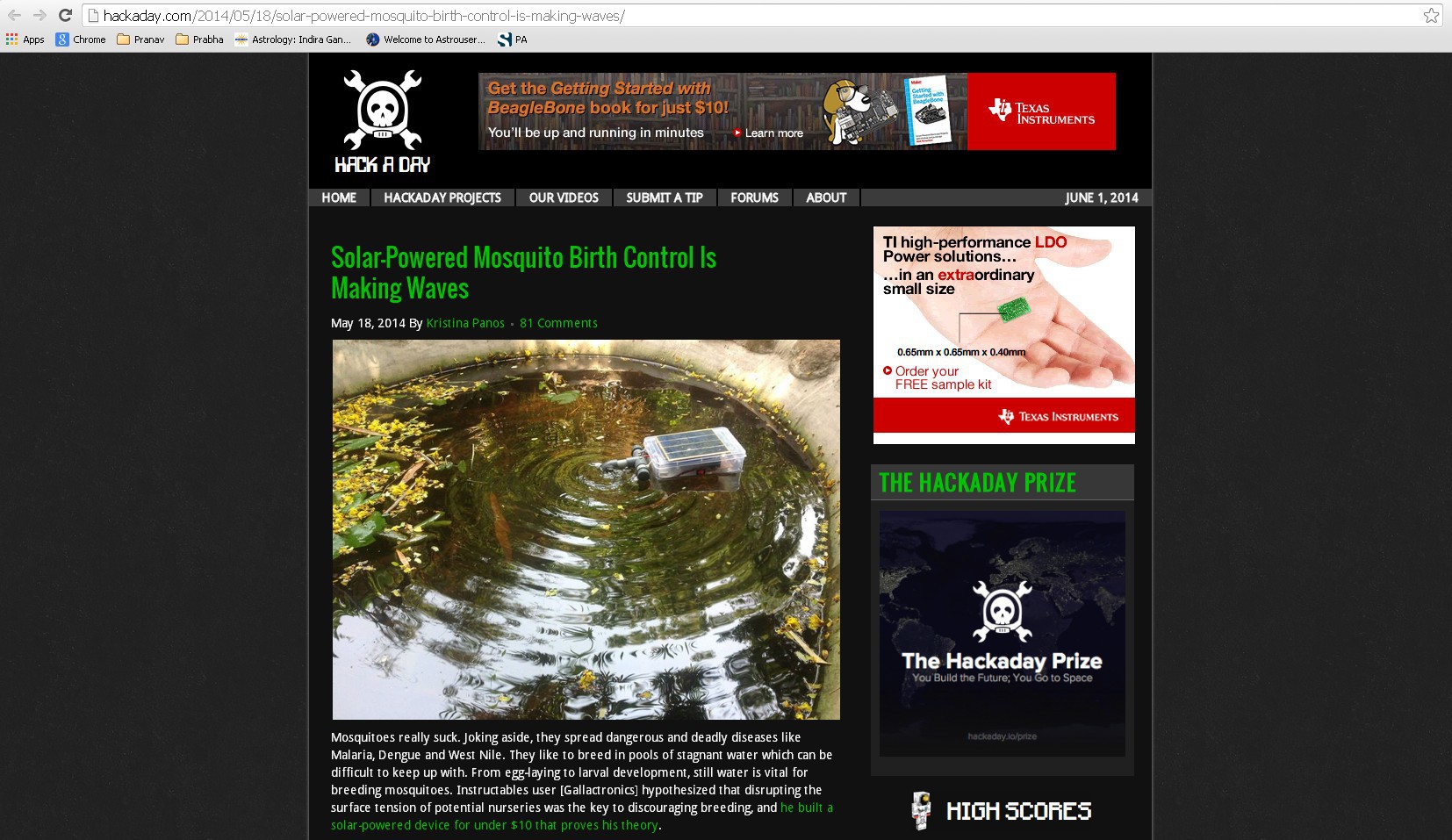
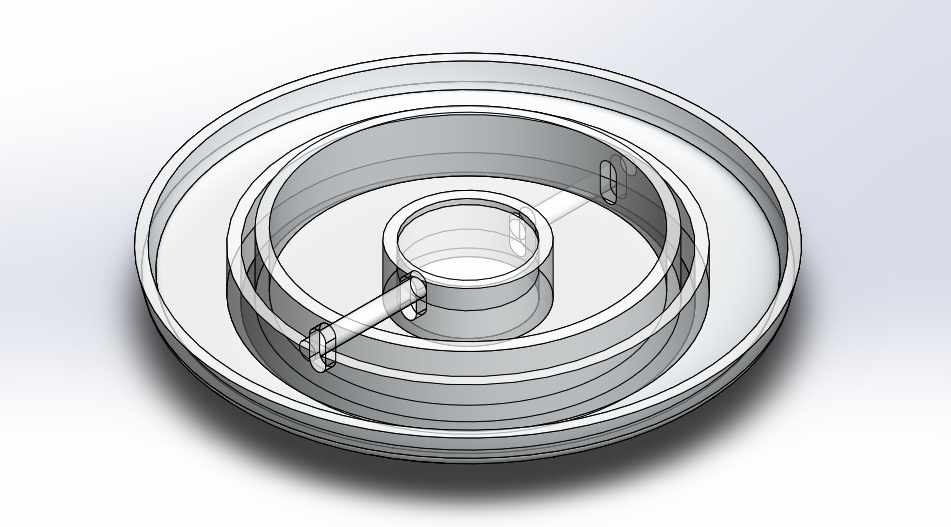
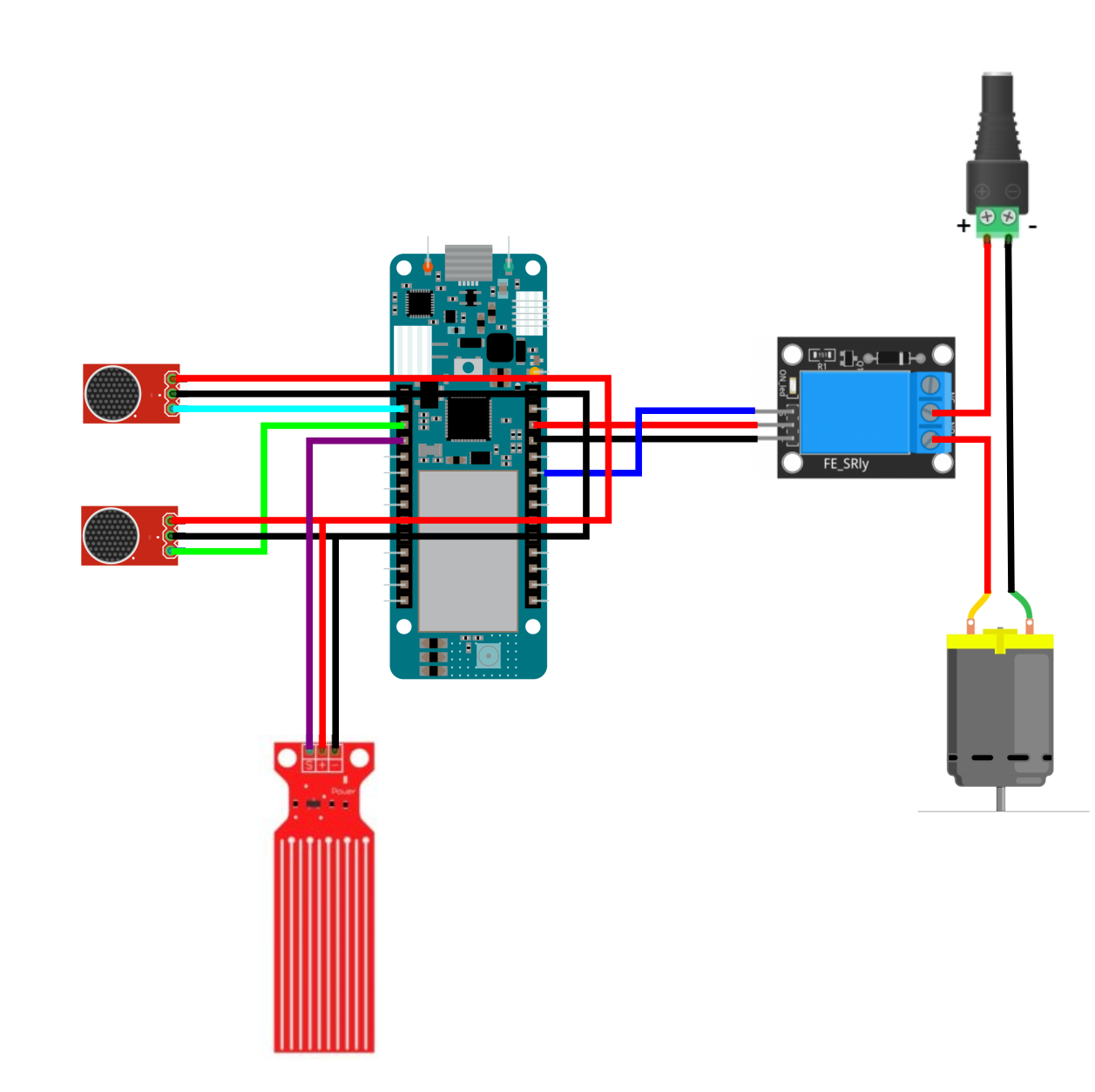
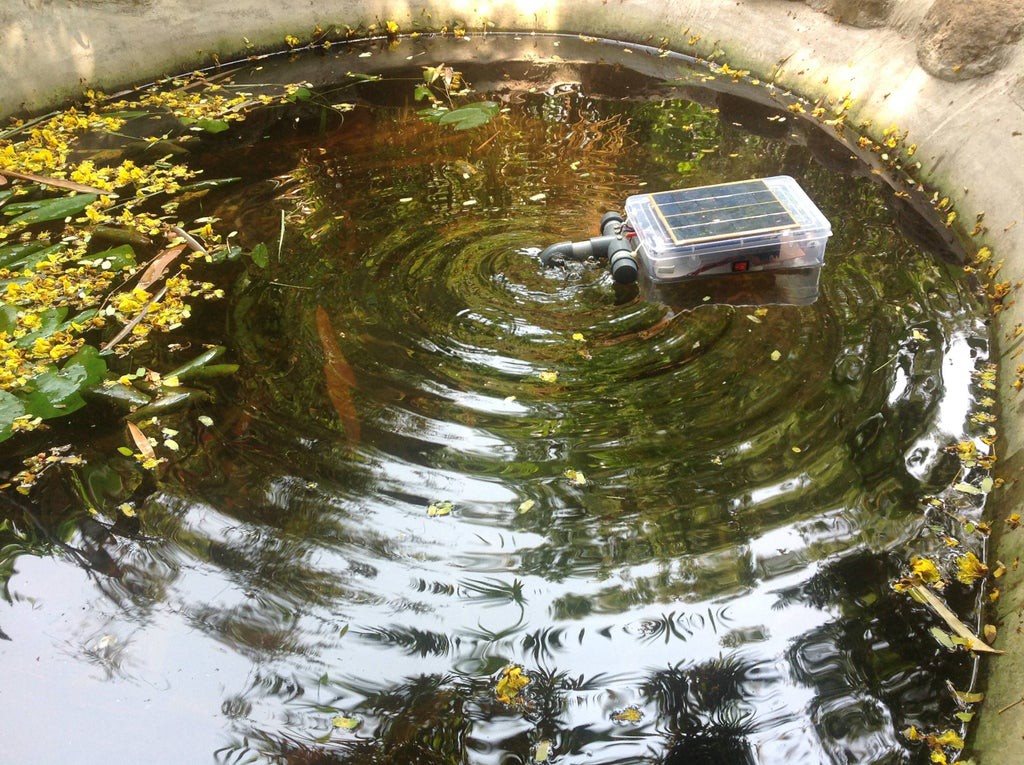
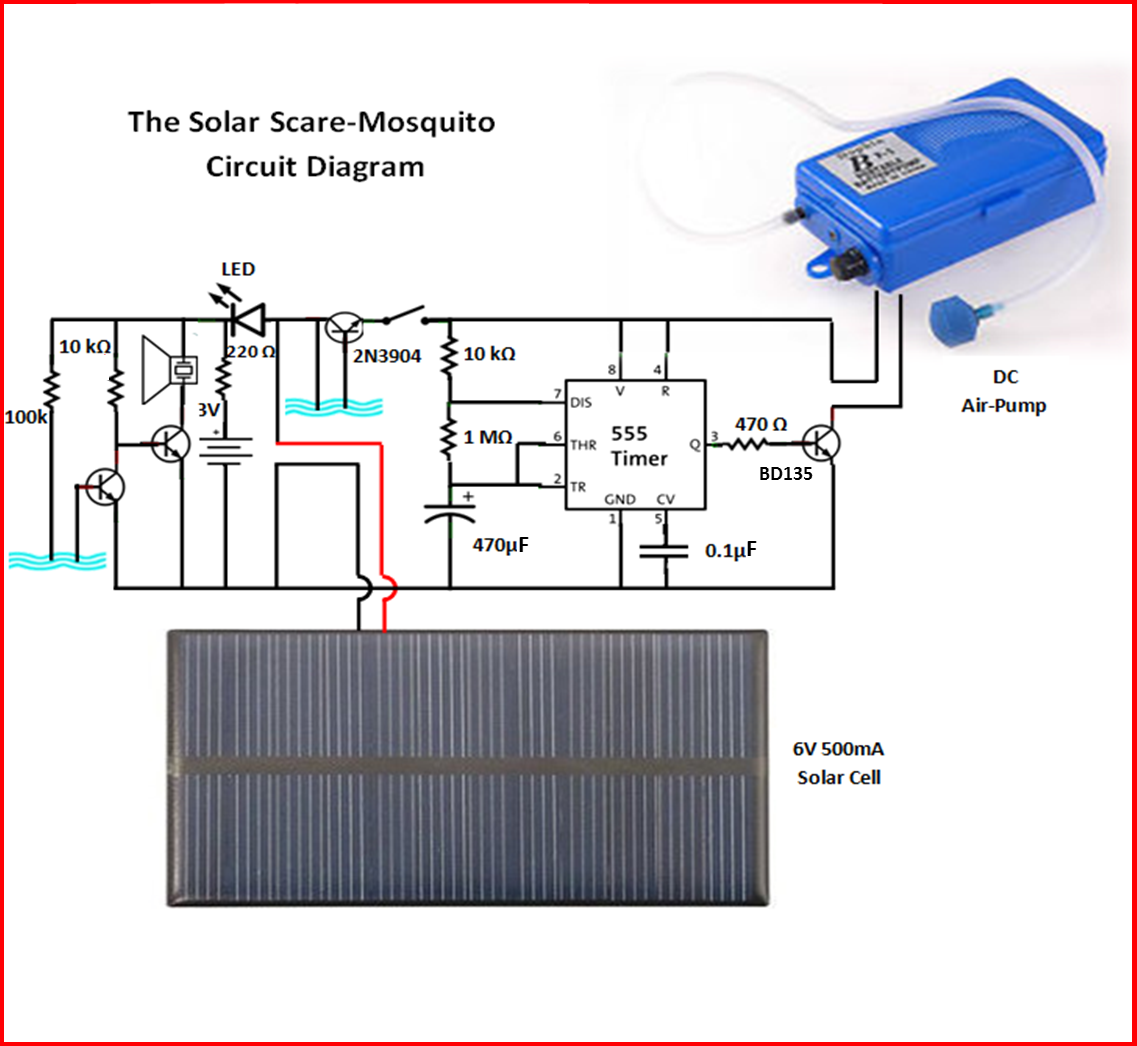
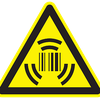


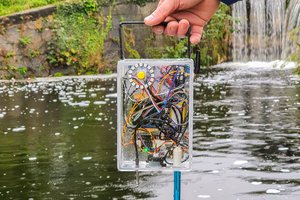
 Andrei Florian
Andrei Florian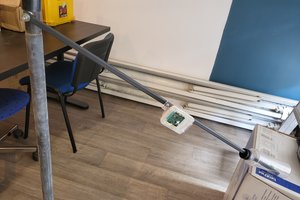
 Brian Wyld
Brian Wyld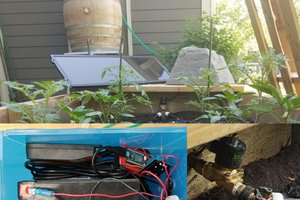
 Kent Rueckert
Kent Rueckert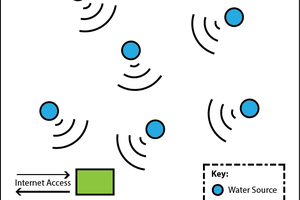
Amazing project! Just want to know out of curiosity how does it detects whether mosquito larve is present in water or not??